My bus ride from Vientaine to Luang Prabang took 12 hours. We chugged along roads that snaked through rugged mountains the whole way.
The scenery was sublime, but the boy in the seat behind me threw up in a bag, and the old woman sitting next to me tired out, leaned over and put her head on my shoulder. So I can tell you firsthand that Laos is a hard land to unify. Its people thus came up with interesting stories and folk traditions to make sense of their world.
Before people lived, an abundance of phi shared the world. Phi are spirits of trees, land, mountains and rivers, and they jealously guard their domains.
Folks still take this multitude of spirits seriously. Many who can’t afford fancy spirit houses fashion them on their own.
Gods lived in the heavens, and they wielded more power than the earthly spirits.
Heaven and Earth were much closer in those days, and the gods often descended to claim parts of it. But they had to placate the earthly spirits when they invaded their territories.
Heaven and Earth still seem close in the mountains of Laos.
But the king of the gods, Khun Borom, decided to conquer all the earthly realms. He descended on his elephant and landed at a place where Vietnam’s Dien Bien Phu is.
Two loyal servants went with him, Pu No and Na No. With axes, shovels and hoes, they cleared the dense vegetation and vanquished all the spirits that were hostile to them. When they reached what would later become Luang Prabang, Pu No and Na No became the area’s guardian deities.
And Khun Borom’s oldest son became Luang Prabang’s first king. He was the progenitor of the dynasty that ruled Laos until the mid 20th century.
The last post explained that traumatic wars in the 19th century made people lose faith in the local nagas’ (serpents) ability to protect the land. But folks continued to honor Pu No and Na No, and they considered them to be their ancestors.
So far, we’re on common ground with a lot of cultures’ myths. When societies integrate large amounts of land and multiple tribes, they usually develop myths that link their kings with gods and the forces of nature. The Khmers were doing this big time, and the 14th century founder of the Lao kingdom of Lan Xang, Fa Ngum, had lived at the Khmer court and married a princess. But I found some really cool Laotian traits in this myth. I mentioned Pu No and Na No to the novice monks in the above photo and they started to giggle. Why?
You’d think that such a stately myth would only elicit respect. Several wats in Luang Prabang conduct ceremonies to honor Pu No and Na No.
But I met a Lao woman who also found them sources of merriment. She’s 50 years old, and when she was a girl, people thought of them as grandparents. They’d pour liquor into the river and offer betel and chickens to them. Grandpa and Grandma have a good old time in the afterlife, the living get protection, and everybody has fun.
The younger generation is less interested these tales, but these traditions remained strong because they have many levels. Kings could employ them to give cosmic backing to their authority. But regular folks could see them in terms of family and their local world of spirits. Laos vibrates with so many ethnic groups and traditions that different stories keep resurfacing in one form or another.
So it’s no surprise that nagas have returned. A Laotian friend told me that people in Vientaine believe that the nagas launch a rocket from their under-water kingdom every year. Some folks claim to have seen it shooting from the river at night. People have traditionally gathered by the shore to play music, drum and dance in order to coax the nagas to join their celebration and fire the missile.
The stories that link Laos’ mountainous land are effective because they allow room for fun and family. They’re so flexible and diverse that more varieties can emerge when people suffer and lose faith in one form of belief. Laotians’ unifying myths don’t conform to one canon or belief system. Their abundance reflects the land’s life-forms.
If you want to fly higher than Laos’ mountains and see how another culture and its stories have shaped each other, fly to India. You probably won’t need an air sickness bag.

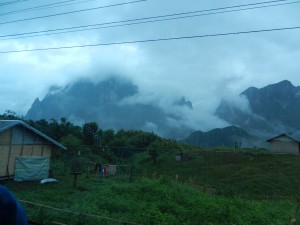
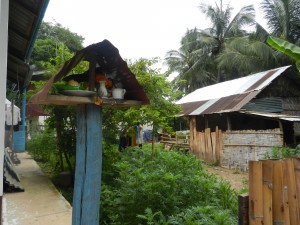
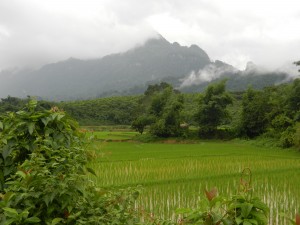
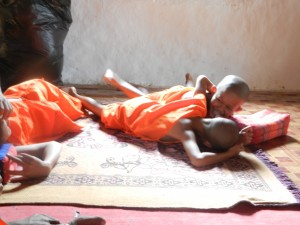
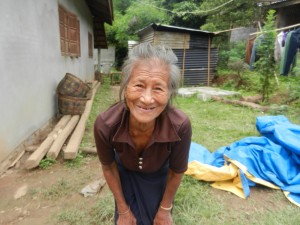
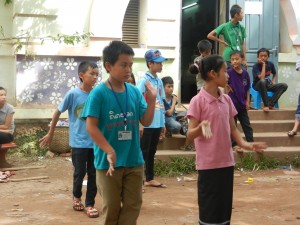
Comments on this entry are closed.